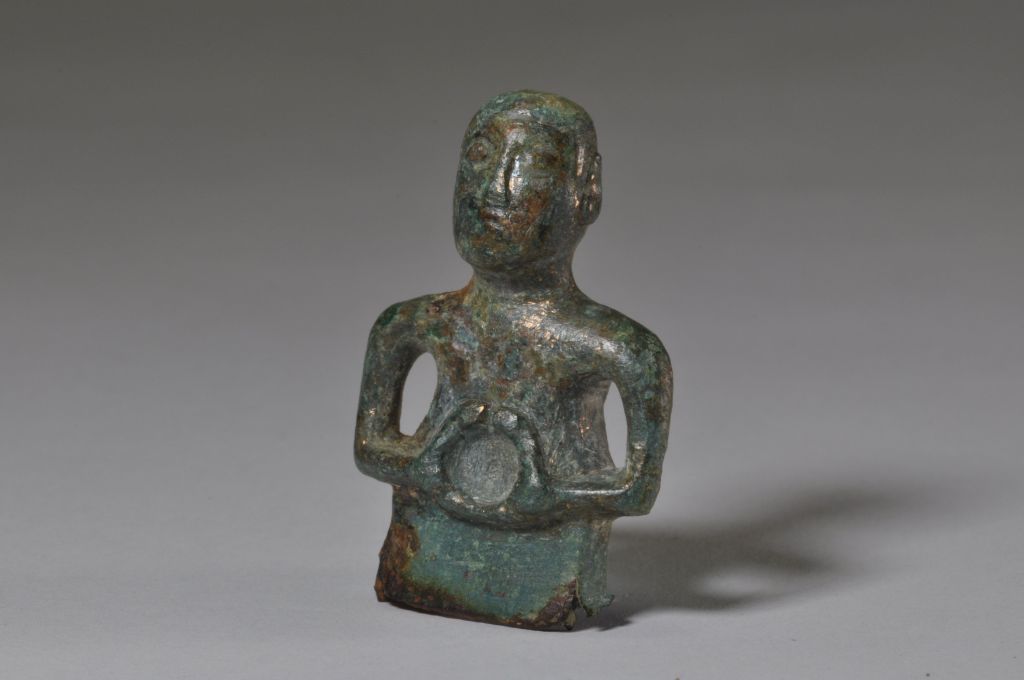ART WORLD NEWS
Iron Age Britains May Have Had Mullets, Suggests Unearthed Figurine – ARTnews.com
A tiny figurine unearthed in Cambridgeshire has provided a rare—and surprising—insight into the popular fashion of the Roman-era Briton: many may have worn a clipped mustache and neat mullet. The little copper alloy statue, almost two inches tall, was first discovered in 2018 during excavation work on the National Trust’s Wimpole Estate, a site which has been continuously inhabited and farmed more than 2,000 years.
Per a report in the Guardian, the figurine was originally thought to depict a Celtic or Roman deity that has no recorded likeness, but some archeologists at the Trust now believe it may represent the average Iron Age male Briton.
“We have so few visual or written depictions from the Romans of what the native people looked like, so it’s tempting to say he was designed based on what people looked like or what the current styles or current trends were then,” Shannon Hogan, a National Trust Archaeologist for the East of England, told the Guardian.
Still, Hogan and her team believe the appearance of the statue was deliberate, and not the result of manufacturing limitations. “They could have put a beard in there–that could have been quite easily done–but they haven’t, so it could very well be reflecting sort of the face of your average man,” she added.
The figure, which dates back to the 1st century AD, was one of 300 objects unearthed by archeologists on the planned site of a new visitor center. Wimpole, a mansion and still functioning farm, offers a rich record of the evolving use of the land, from livestock and agricultural production, to a Roman settlement that may have functioned as a center of bustling trade network. Among the items uncovered are coins, Roman military fittings, brooches, and iron nails.
Chris Thatcher, from Oxford Archaeology East, called the figurine exceptionally rare, adding that it provides a unique look into the era’s “aesthetics and symbolism.” He believes that the statue depicted someone of high standing in the local community because the figure would have likely been connected to the handle of a spatula used for mixing medicine or writing on wax tablet, which would have been a status symbol.
“The fact that he was found on a site with so much other evidence for it being a local hub is wonderful and appropriate,” he said.











